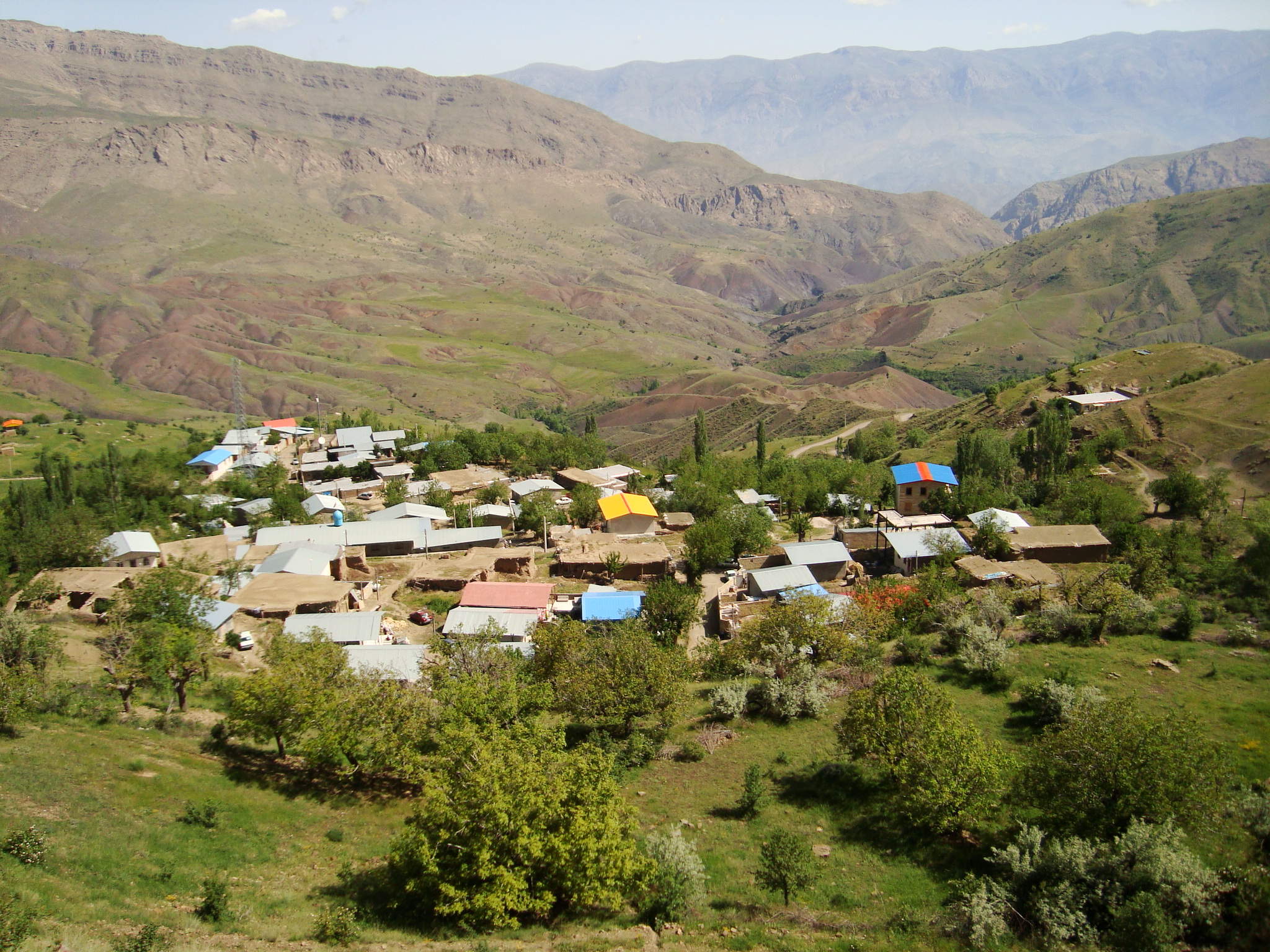The rate of internal migration (people within a country moving to another location within its borders) in Iran has decreased by almost a third over the past decade, according to preliminary findings of the recent population and housing census carried out in the second half of the last fiscal (ended March 20).
Reports indicate, however, that the drop is not an indication of decrease in rural-urban migration or improvement in the quality of rural life, but rather a decrease in the number of people residing in rural areas to make their shift to big cities.
Over the past five years, 4.7 million people relocated with urban areas accounting for 84% of the destinations.
In 2007, 12 million migrated within the country with 74% looking for greener pastures in urban regions. Between 2007 and 2012, nearly 5.5 million people relocated with the majority (77.7%) destined for urban areas.
Although there are some reports on a wave of ‘reverse migration’ – from bigger cities to nearby smaller towns and suburban areas – in recent years, the claims seem to contradict facts and figures.
Only 15.6% of the total migrations over the past 10 years have been to rural areas.
Seyed Abolfazl Razavi, deputy to the first vice-president for rural development and deprived areas, says that out of the 64,000 villages in the country 33,000 have been deserted and 25,000 villages are each inhabited by less than 20 households, IRNA reported.
Urbanization
Larger metropolitan areas have more lucrative employment opportunities and generally have higher incomes than smaller towns and cities. This is particularly visible in developing countries. As a result, the big urban areas attract people seeking to escape unproductive and dysfunctional economies in smaller regions.
Several reports say close to 74% of the population lives in cities with a total of 18.1 million households, which is about three times bigger than the number of rural families (6.7 million).
In 1977, the number of households was almost equal in rural and urban areas (3.2 million and 3.4 million respectively).
The population growth rate in rural areas has been declining since 1992, dropping to 1.21% in the 1988-1992 period, and then to -0.64% by 2007 before reaching a plateau at about -1% over the past five years.
People migrate for a variety of reasons which can be classified as economic (to find a job), social (in search of a better quality of life), and environmental (consecutive years of drought and air pollution). However, these factors can influence each other.
The number of displaced people has increased considerably over the past half century with lakes, wetlands and rivers drying up due to declining rainfall. Several thousand villages have been almost totally deserted partly due to the unending struggle with drought that saw a large influx of people moving into the already over-crowded cities in search of jobs.
Academia, sociologists and economic experts say better job prospects and sustainable living conditions are the main reasons behind the mushrooming growth of urban dwellers
Most migrants say they would not leave if they had relatively acceptable levels of income and living facilities in their towns and villages.
Experts have warned that if the present trend continues, the rural population will further decline to one-fifth by 2031.
Better Place to Live
While Alborz, Isfahan, Gilan, Yazd, and Mazandaran were the top five provinces with the most number of migrants during 2007-2011 due to their better climate and environmental conditions, Tehran Province, home to the capital city and 13 million residents, was the top destination for migrants (20.2%) among the 31 provinces in the past year.
The capital city also has the largest excess population among Iranian metropolitans. More than 70% of its population has exceeded the optimum population level. In other words, the huge and expanding metropolis can only provide 2.38 million of its residents with favorable living conditions.
Tehran was followed by Khorasan Razavi (7.3%) and Isfahan (6.8%) as the provinces with the highest percentage of inbound moves. The provinces of Ilam, Chaharmahal Bakhtiari, and North Khorasan have had the smallest shares of inbound migrants with 0.7%, 1% and 1.1% respectively.
The results of the census also show that Tehran Province remains the most densely populated province housing 16.6% of the total 80 million population. It is followed by Isfahan and Khorasan Razavi. Ilam with less than 1% is at the end of the ladder.


